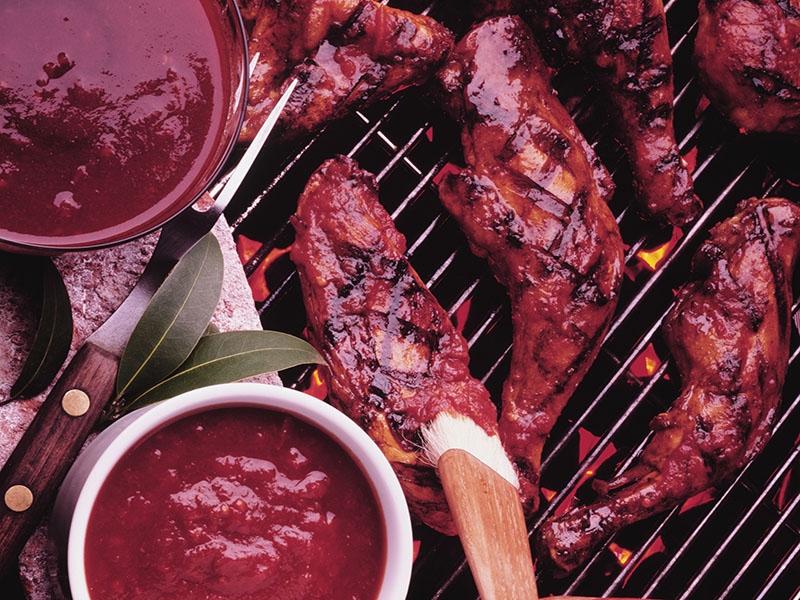SUNDAY, July 9, 2017 (HealthDay News) — Backyard barbecues are a seasonal staple, but summer heat makes it extra important to keep food safety in mind.
Bacteria grow faster at temperatures between 40 degrees and 140 degrees Fahrenheit, increasing your risk for foodborne illnesses, according to the U.S. Food and Drug Administration.
“Fortunately, there are a lot of steps consumers can take to keep family and friends from becoming ill,” the FDA’s Marjorie Davidson said in an agency news release. Davidson is education team leader in the Center for Food Safety and Applied Nutrition.
For starters, make sure your hands are clean. Before you cook or eat, wash with soap and water for at least 20 seconds. If there’s no sink available, use a water jug, soap and some paper towels. Or clean your hands with moist, disposable towelettes, the FDA advised.
These steps will also help prevent foodborne illness:
- Don’t mix raw and cooked foods. Never use plates that have held raw meat, poultry, seafood or other uncooked food until they are washed thoroughly with hot, soapy water. Keep utensils and cooking surfaces clean.
- Don’t marinate foods outside or at room temperature. Marinate in the refrigerator and keep raw food there until it’s time to cook. Never reuse marinades as a sauce for cooked foods. Instead, set aside a small portion ahead of time.
- Cook all food thoroughly. Take the guesswork out of a barbecue and use a food thermometer. Meat should be cooked to an internal temperature of 160 degrees F and chicken to at least 165 degrees F. Don’t have a thermometer? Be sure meat and poultry aren’t pink in the middle. If you plan to start food in the microwave or oven, do so and transfer immediately to a hot grill.
- Don’t let food sit out. Food should not sit at room temperature for more than two hours. If the air temperature hits 90 degrees F, be sure food is not out of the fridge for more than one hour.
- Keep it hot. Hot food should be kept hot, or above 140 degrees F. If you can’t eat it within two hours of purchase, wrap it well and place it in an insulated container. If you decide to reheat it, be sure it reaches 165 degrees F.
- Be cool. Cold food should be kept cold, or below 40 degrees F. You can place food in individual serving dishes directly on ice or in a deep, ice-filled pan. As the ice melts, drain off the water and add more ice.
More information
The U.S. Centers for Disease Control and Prevention provides more information on food safety.
Copyright © 2025 HealthDay. All rights reserved.

